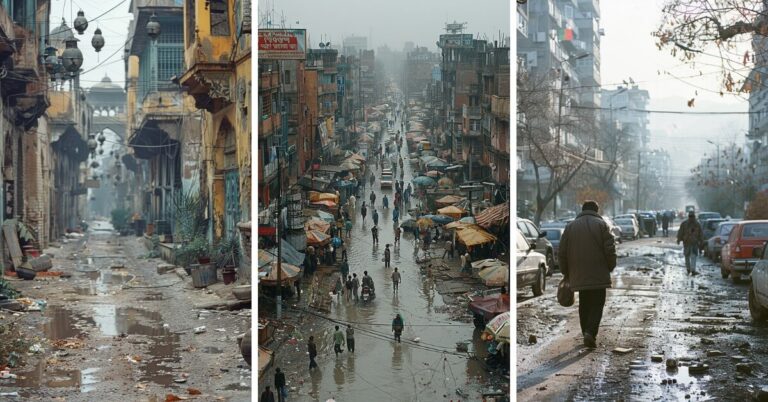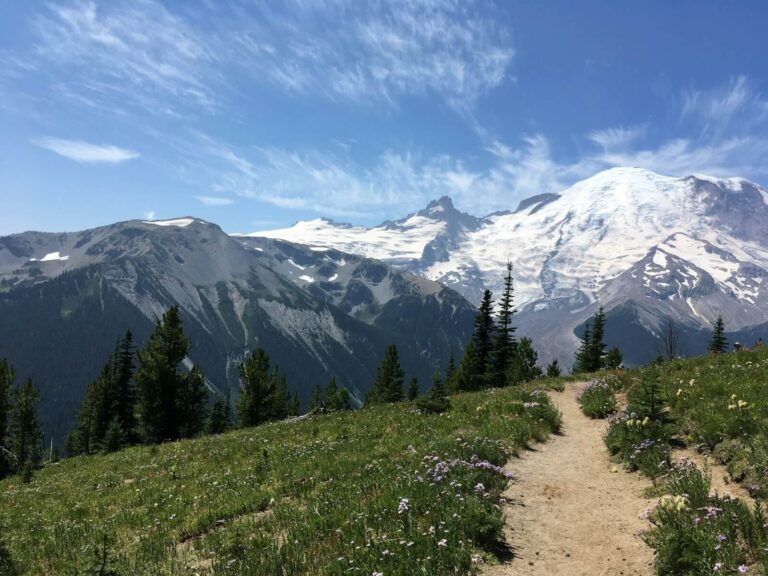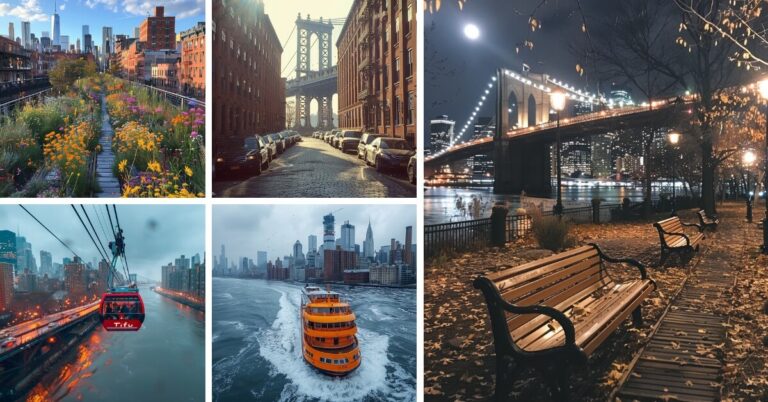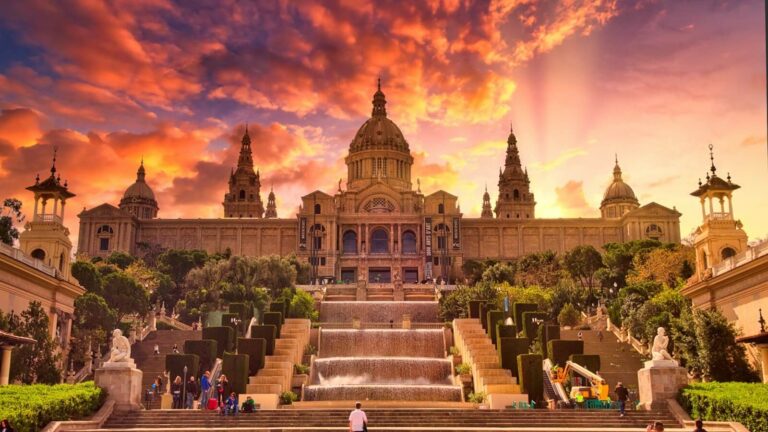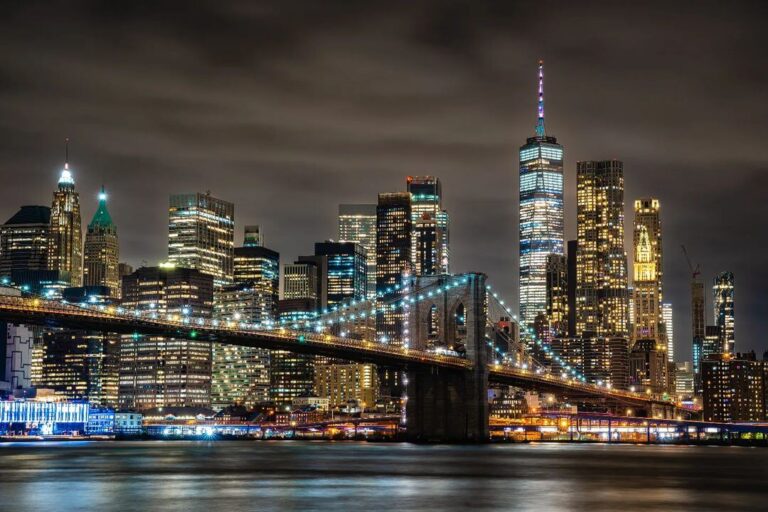How to Spend 3 Days in Shanghai – The Best Itinerary in 2024
Planning a trip to Shanghai can be both exciting and overwhelming.
With its blend of rich history, modern marvels, and vibrant culture, it’s no wonder you’re looking for the best way to experience this dynamic city.
But without a solid plan, you might miss out on must-see spots, get lost in the crowds, or even feel stressed about making the most of your time.
I’ve been there too—wandering aimlessly, trying to decide where to go next, and feeling like I wasn’t getting the full Shanghai experience.
I remember my first visit to Shanghai vividly.
On my first day, I spent hours figuring out transportation and ended up missing a sunset cruise on the Huangpu River—a moment I had looked forward to for months.
That experience taught me the importance of having a well-thought-out itinerary.
It also inspired me to create this 3 days in Shanghai guide, ensuring you have a smooth and memorable trip.
So, why is 3 days perfect for a first-time visit to Shanghai?
Three days give you just enough time to soak in the city’s highlights without feeling rushed.
You can dive into Shanghai’s modern side with a stroll along The Bund, shopping on Nanjing Road, and panoramic views from the city’s tallest skyscrapers.
Then, immerse yourself in Shanghai’s cultural heart with visits to Yu Garden, the City God Temple, and a walk through Old Shanghai.
Finally, escape the hustle and bustle with a tranquil day trip to Zhujiajiao Water Town, exploring its charming canals and historic bridges.
By the end of this guide on 3 days in Shanghai, you’ll have a clear, easy-to-follow itinerary that ensures you make the most of every moment in this incredible city.
Day 1: Embracing Shanghai’s Modern Marvels

Morning
Start your first day in Shanghai at The Bund, a waterfront area along the Huangpu River, offering a stunning panorama of the city’s colonial-era architecture juxtaposed against the futuristic skyline of Pudong.
This area has historical significance as it was once the heart of Shanghai’s international settlement.
Walking along the promenade, you’ll see grand buildings that date back to the early 20th century, reflecting the architectural styles of Gothic, Baroque, and Art Deco.
Arrive early in the morning, just as the city is waking up.
This is the best time to visit if you want to avoid the crowds and capture serene photographs of the skyline bathed in the soft morning light.
The sight of the Customs House with its Big Ben-inspired clock tower and the majestic HSBC Building is particularly captivating.
As you walk, take note of the intricate details of these buildings, each telling a story of a bygone era.
Nanjing Road
After soaking in the views at The Bund, take a short walk to Nanjing Road, one of the world’s busiest shopping streets.
The transition from the historic charm of The Bund to the bustling energy of Nanjing Road is quite an experience.
This area is a shopper’s paradise, with everything from high-end boutiques to local street vendors.
As you stroll down Nanjing Road, the sheer variety of shops can be overwhelming.
From luxury brands like Louis Vuitton and Gucci to quirky local stores selling traditional Chinese goods, there’s something for everyone.
The vibrant atmosphere is enhanced by street performers and the occasional glimpse of vintage trams making their way down the pedestrian-friendly street.
For breakfast, stop at a local café known for its traditional Shanghainese breakfast.
Try the Xiao Long Bao, delicate soup dumplings filled with savory pork and a burst of hot broth.
Paired with a cup of freshly brewed jasmine tea, it’s the perfect way to fuel up for the day ahead.
The nuances of flavors in the Xiao Long Bao, from the thin dough to the rich filling, are a delightful introduction to Shanghai’s culinary scene.
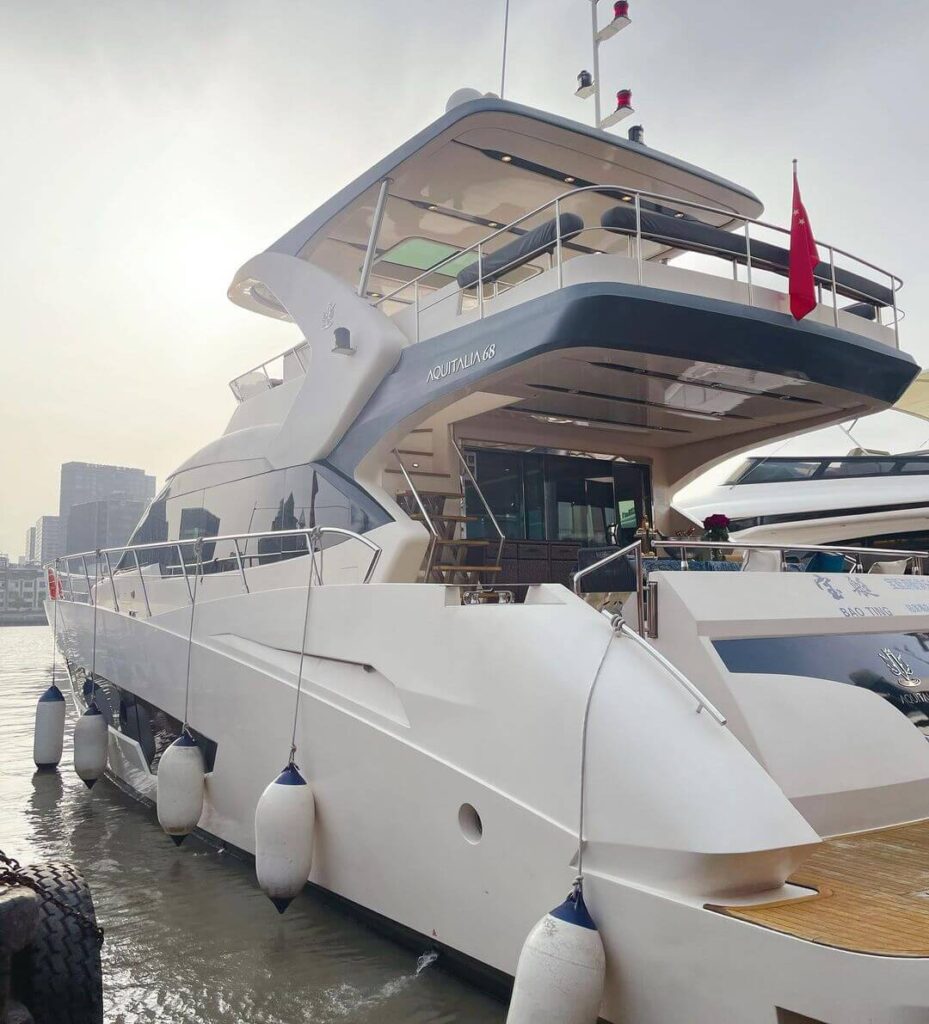
Afternoon
Take the ferry across the Huangpu River to Pudong.
The ferry ride itself is a pleasant experience, offering uninterrupted views of both The Bund and Pudong’s skyline.
Arriving in Pudong feels like stepping into the future, with its sleek skyscrapers and modern architecture.
Shanghai Tower
The first stop in Pudong should be the Shanghai Tower, the tallest building in China and the second tallest in the world.
Riding the high-speed elevator to the observation deck is an exhilarating experience.
Within seconds, you’re whisked up to the 118th floor, where the panoramic views of the city are simply breathtaking.
From up here, you can see the winding Huangpu River, the sprawling urban landscape, and on a clear day, even the distant horizon.
Walking around the observation deck, marvel at the sheer scale of Shanghai.
The cityscape is a fascinating blend of old and new, with traditional low-rise buildings sitting alongside towering skyscrapers.
The interactive displays provide interesting insights into the city’s development and the engineering marvel that is the Shanghai Tower.
Shanghai World Financial Center & Jin Mao Tower
Just a short walk from the Shanghai Tower are two other iconic skyscrapers: the Shanghai World Financial Center and the Jin Mao Tower.
Both offer their own unique perspectives of the city.
The Shanghai World Financial Center, with its distinctive bottle opener shape, has an observation deck with a glass floor that gives you the thrilling sensation of walking in the air.
Meanwhile, the Jin Mao Tower, with its postmodern form inspired by traditional Chinese architecture, provides a more serene observation deck experience.
Walking across the glass-floored skywalk, feel the rush of adrenaline.
The views of the city below, with its bustling streets and moving cars looking like tiny toys, are exhilarating.
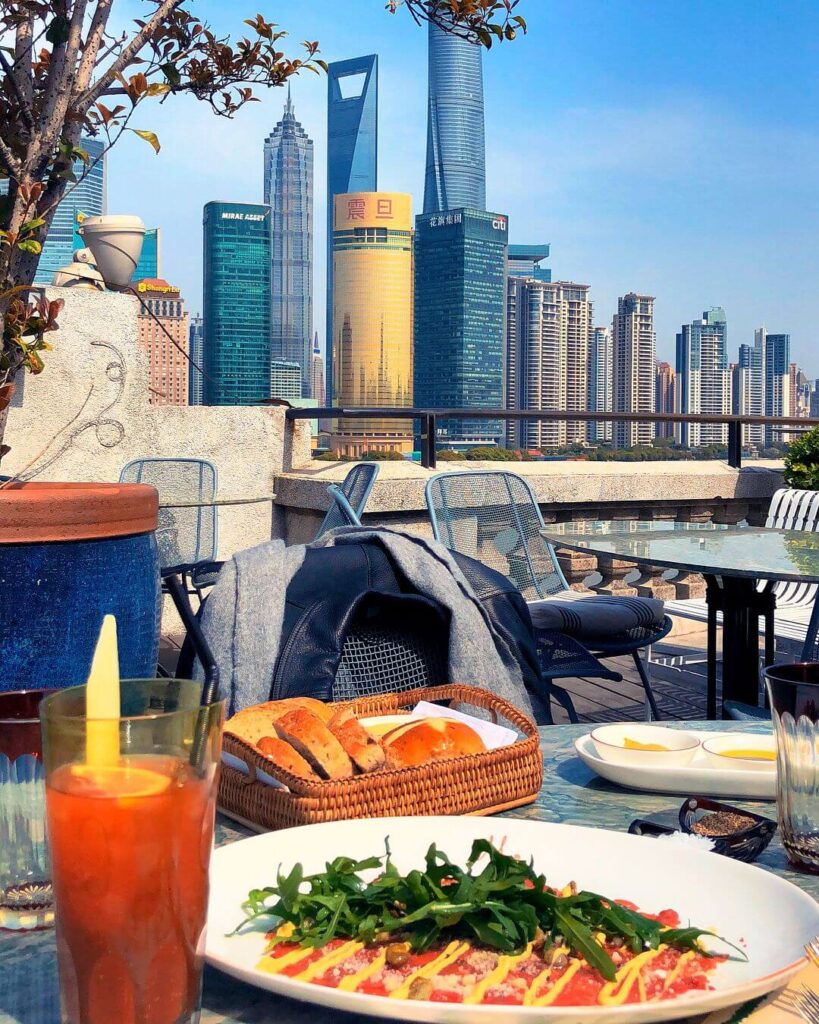
Evening
As evening approaches, return to The Bund for dinner.
This area transforms at night, with the buildings illuminated in a dazzling array of lights, reflecting beautifully on the river.
Consider dining at M on the Bund, a renowned restaurant offering a mix of Western and Asian cuisine.
Seated on the terrace, enjoy a delicious meal of Peking duck while taking in the stunning night views.
The combination of flavors and the picturesque setting make for an unforgettable dining experience.
Huangpu River Cruise
To end the day, embark on a Huangpu River Cruise.
This one-hour cruise provides a unique perspective of Shanghai’s illuminated skyline.
The contrast between the brightly lit modern skyscrapers of Pudong and the historic buildings of The Bund is truly mesmerizing.
As the boat gently sails along the river, relax and reflect on the day’s adventures.
The cool breeze, the shimmering lights, and the gentle hum of the boat create a perfect ending to your first day in Shanghai.
Day 2: Exploring Shanghai’s Cultural Heart
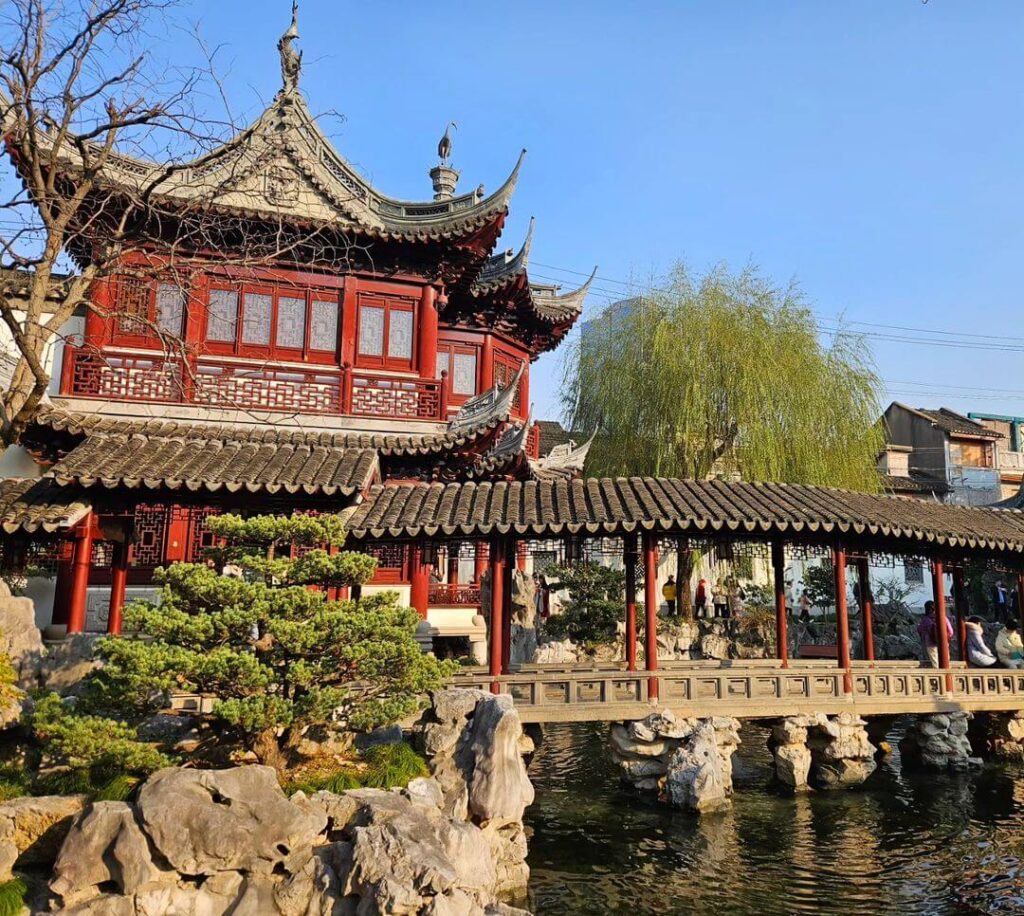
Morning
Start your second day with a visit to Yu Garden, a classical Chinese garden located in the heart of the Old City.
Yu Garden, or Yuyuan Garden, dates back to the Ming Dynasty and offers a serene escape from the city’s hustle and bustle.
Its name, “Yu,” means peace and comfort, and this meticulously designed garden lives up to its name.
Stroll through the garden’s exquisite layout, which includes rockeries, ponds, pavilions, and ancient trees.
Be sure to visit the Grand Rockery, a 12-meter-high rockery made from yellow stones with peaks, cliffs, winding caves, and gorges.
It’s the oldest and largest rockery in the southern region of the Yangtze River.
The Garden also features the beautiful Jade Rock, a 3.3-meter tall, porous, spiky rock that is said to be one of the three famous rocks in the southern region.
After exploring the garden, head to the adjacent Yu Bazaar.
This bustling market area is perfect for souvenir shopping and trying local snacks.
From traditional crafts to modern trinkets, you’ll find a wide array of items to bring back home.
Don’t miss out on trying local delicacies such as Sheng Jian Bao (pan-fried buns) and Tanghulu (candied fruit on a stick).
The bazaar’s lively atmosphere, with its mix of sights, sounds, and smells, offers a sensory delight that perfectly complements the tranquility of Yu Garden.
City God Temple
A short walk from Yu Garden brings you to the City God Temple, also known as Chenghuang Miao.
This temple is dedicated to the city god who is believed to protect the people and ensure the prosperity of Shanghai.
Originally built during the Ming Dynasty, the temple has been an important religious site for centuries.
The architectural highlights of the City God Temple are striking.
Its grand halls are adorned with intricate wood carvings and statues, each telling a story of Shanghai’s spiritual heritage.
As you explore, you’ll encounter devotees praying and making offerings, adding to the temple’s vibrant atmosphere.
The main hall houses statues of Huo Guang, Qin Yubo, and Chen Huacheng, three historical figures who were posthumously honored as city gods.
Take your time to appreciate the detailed artistry in the temple’s construction, from the dragon sculptures on the eaves to the beautifully painted doors.
The temple is not just a place of worship but also a cultural hub, offering insights into the local customs and beliefs.
The surrounding area, with its traditional architecture and bustling street vendors, further enriches the cultural experience, making it a must-visit during your stay in Shanghai.
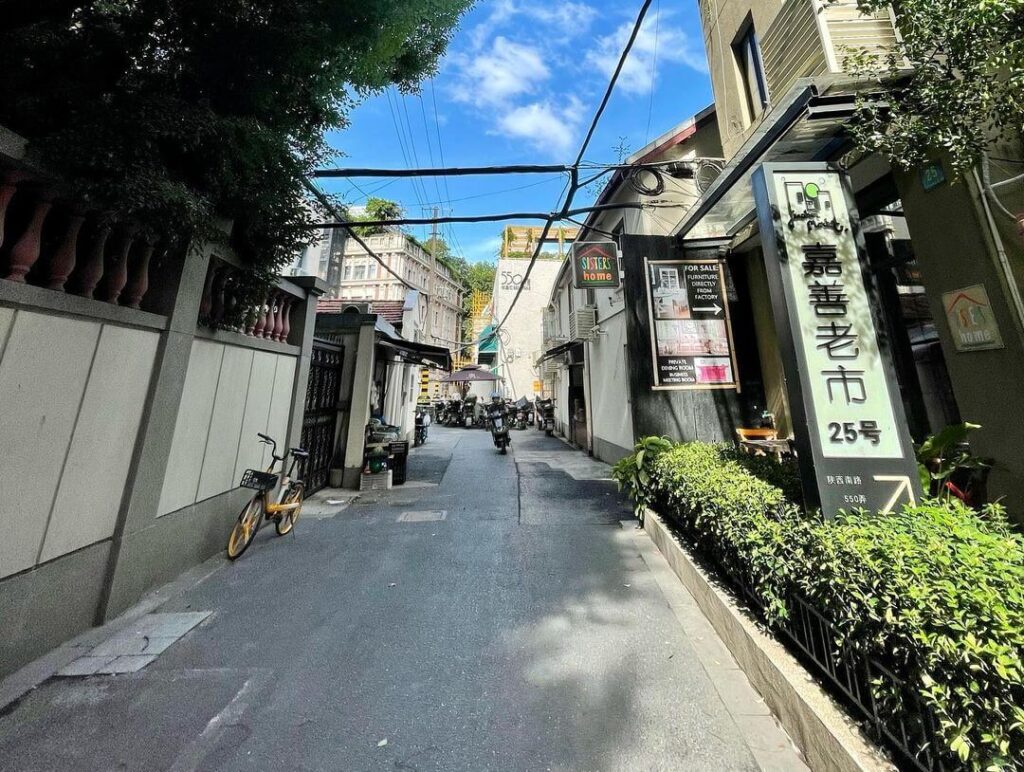
Afternoon
Spend the afternoon walking through Old Shanghai to get a feel for the city’s rich history and traditional charm.
Start your walking tour at the Old Town (Nanshi), where you’ll find narrow alleys, traditional shikumen houses, and bustling street markets.
One of the highlights is the ancient Walled City, where you can explore traditional Chinese architecture and quaint tea houses.
Don’t miss Fangbang Middle Road, lined with shops selling everything from antiques to local snacks.
For a hidden gem, visit the Confucian Temple, a peaceful retreat offering a glimpse into ancient Chinese philosophy and culture.
This lesser-known spot provides a quiet escape from the city’s hustle and bustle.
Shanghai Urban Planning Exhibition Centre
Next, head to the Shanghai Urban Planning Exhibition Centre located in People’s Square.
This center provides a fascinating look at the city’s past, present, and future through detailed models, interactive exhibits, and multimedia presentations.
The centerpiece is a massive scale model of the entire city, showcasing Shanghai’s ambitious urban development plans.
It’s an impressive display that highlights the city’s rapid growth and architectural innovations.
The exhibitions offer a comprehensive view of Shanghai’s transformation from a small fishing village to a global metropolis.
It’s a perfect place to understand the city’s rapid growth and future vision.
Spend some time exploring the exhibits and learning about the challenges and triumphs of Shanghai’s urban development.
People’s Square and People’s Park
After visiting the Urban Planning Exhibition Centre, take a relaxing stroll through People’s Square and People’s Park.
This area is the heart of Shanghai and offers a mix of modern and natural attractions.
People’s Square is a large public space surrounded by some of the city’s most important buildings, including the Shanghai Museum and the Grand Theatre.
It’s a great place for people-watching and soaking in the city’s vibrant atmosphere.
Adjacent to People’s Square is People’s Park, a lush green space perfect for a leisurely walk or a quiet moment of reflection.
The park features a beautiful lotus pond, a small amusement park, and several pavilions.
It’s also a popular spot for locals practicing tai chi or enjoying a game of chess.
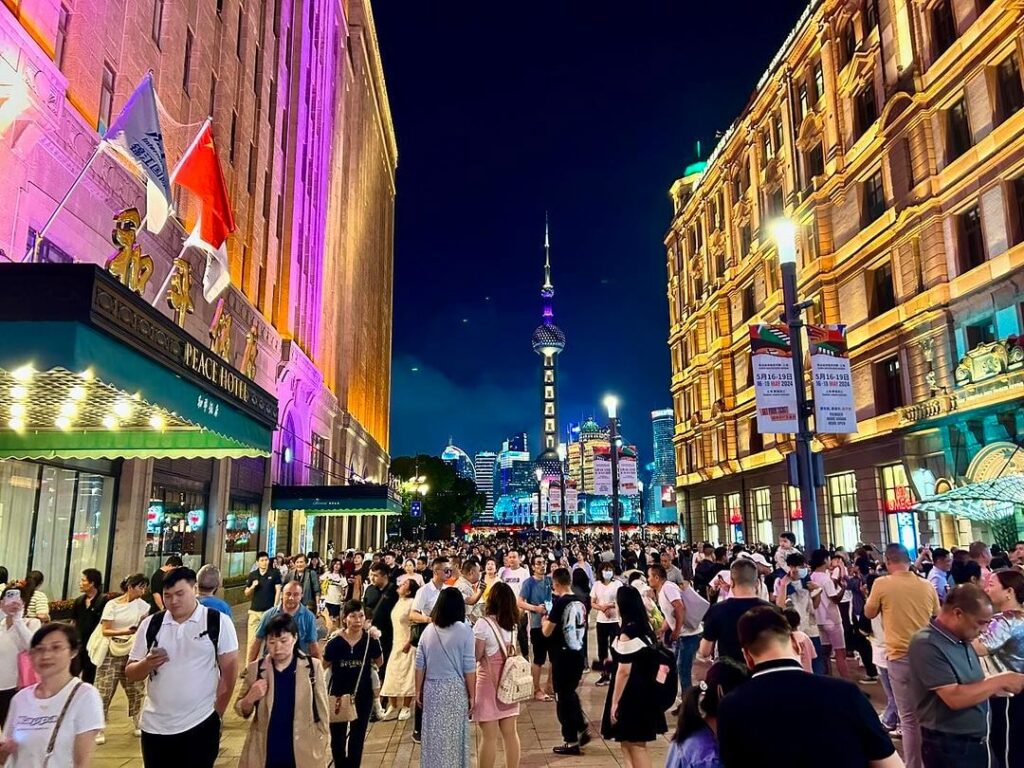
Evening
As the sun sets, make your way to Nanjing Road, Shanghai’s most famous shopping street.
In the evening, the street comes alive with dazzling lights, street performers, and a bustling crowd.
Start your visit at Nanjing East Road, which is known for its historic buildings and high-end shops.
Here, you’ll find international brands, luxury boutiques, and department stores.
It’s the perfect place for evening shopping and picking up some last-minute souvenirs.
For nightlife and entertainment, continue to Nanjing West Road, home to a variety of bars, restaurants, and entertainment venues.
You can enjoy a drink at a rooftop bar with stunning views of the city skyline or indulge in a delicious meal at one of the many eateries offering everything from traditional Chinese dishes to international cuisine.
Nanjing Road offers a vibrant and lively atmosphere, making it an ideal spot to end your day in Shanghai.
Day 3: Day Trip to Zhujiajiao Water Town
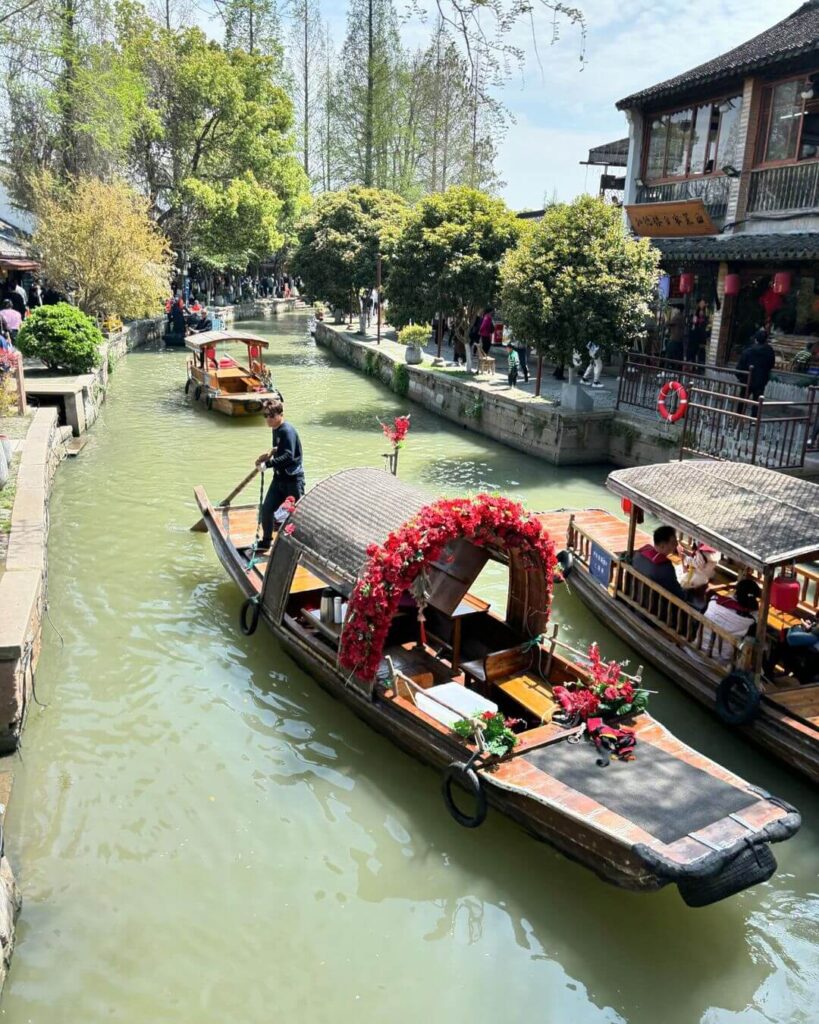
Morning
Kick off your final day in Shanghai with a trip to Zhujiajiao, a charming ancient water town often referred to as the “Venice of Shanghai.”
Located about 47 kilometers from downtown Shanghai, it’s a perfect day trip destination to escape the city’s hustle and immerse yourself in its historical ambiance.
For transportation, you have several options:
By Bus: Take the Hùzhū Gāosù Kuàixiàn bus from the Pu’an Road bus station near People’s Square. The journey takes around 90 minutes.
By Metro: Take Line 17 from Hongqiao Railway Station to Zhujiajiao Station, then catch a short bus ride or taxi into the town center.
By Taxi or Ride-Hailing Service: This is the most convenient but also the most expensive option, taking approximately an hour depending on traffic.
PRO TIP:
Aim to leave early in the morning to beat the crowds and have ample time to explore. Wear comfortable walking shoes, as the town’s cobblestone streets and bridges require a bit of strolling. Don’t forget to carry some cash for entrance fees and local purchases, as not all vendors accept cards.
Exploring Zhujiajiao
Zhujiajiao is a picturesque water town with a history spanning over 1,700 years.
It features ancient architecture, narrow alleys, and serene waterways, offering a glimpse into traditional Chinese life.
Begin your exploration with a visit to Kezhi Garden, also known as the Ma Family Garden.
This beautiful garden, built in 1912, boasts an array of traditional Chinese pavilions, towers, and bridges.
The three-part layout includes a residential area, an artificial hill area, and a garden area, each filled with exquisite details.
Next, make your way to the Fangsheng Bridge, the largest stone arch bridge in Zhujiajiao.
Built-in 1571, the bridge spans five arches and is decorated with a stone tablet and relief carvings of dragons.
It’s one of the best spots for panoramic views of the waterways and traditional houses lining the banks.
For a quintessential Zhujiajiao experience, take a boat ride along the canals.
The boat tours offer a unique perspective of the town’s charming bridges and historic buildings.
Relax as you glide through the peaceful waters and soak in the tranquil atmosphere.
Ensure you visit some of the town’s lesser-known gems, like the quaint North Street, which is lined with Ming and Qing dynasty buildings, or the serene Yuanjin Buddhist Temple, for a peaceful retreat.
Afternoon
After a morning of exploration, it’s time to indulge in some local cuisine.
Zhujiajiao offers a variety of traditional dishes that reflect the region’s culinary heritage.
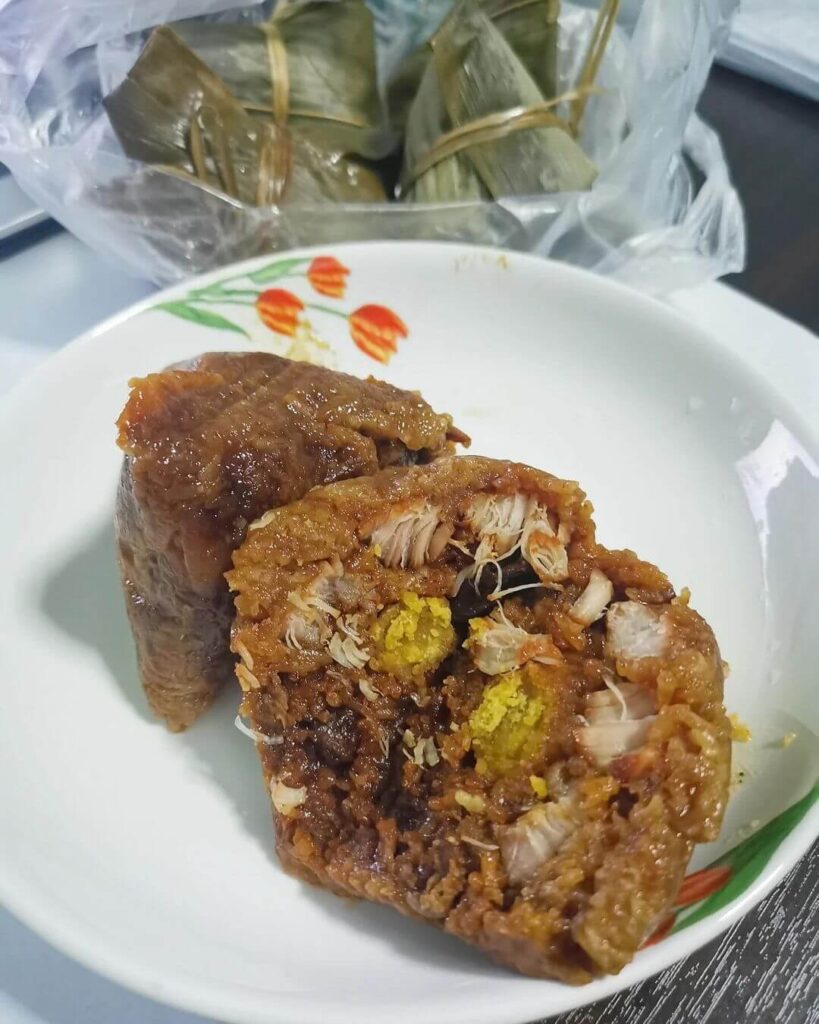
Zongzi (Sticky Rice Dumplings): These pyramid-shaped dumplings wrapped in bamboo leaves are filled with savory or sweet ingredients. They’re a must-try snack in Zhujiajiao.
Steamed Pork Bun: These buns are a local favorite, filled with juicy, flavorful pork and steamed to perfection.
Local River Shrimps: Freshly caught and simply prepared, these shrimps are a delicacy you shouldn’t miss.
For a sit-down meal, consider dining at some of the town’s best restaurants:
Xin’s Antique & Tea House: Located near Fangsheng Bridge, this restaurant offers a lovely riverside view along with traditional Chinese dishes and a variety of teas.
Meihua Garden Restaurant: Known for its serene garden setting and traditional ambiance, it serves a range of local delicacies and vegetarian options.
Continue Exploring Zhujiajiao
After lunch, take time to wander through Zhujiajiao’s hidden alleys and charming shops.
The narrow lanes are dotted with small boutiques selling handmade crafts, local snacks, and unique souvenirs.
Photography enthusiasts will find Zhujiajiao particularly photogenic. Here are some tips for capturing its beauty:
Golden Hours: The best times for photography are early morning or late afternoon when the light is soft and golden, enhancing the town’s historic charm.
Reflections: Utilize the waterways to capture stunning reflections of the bridges and buildings.
Details: Don’t just focus on wide shots; capture the intricate details of doors, windows, and traditional decorations for a more comprehensive photo story.
Evening
As the day winds down, make your way back to Shanghai.
Plan your return trip to avoid the evening rush hour, ensuring a smooth and comfortable journey back.
For the return:
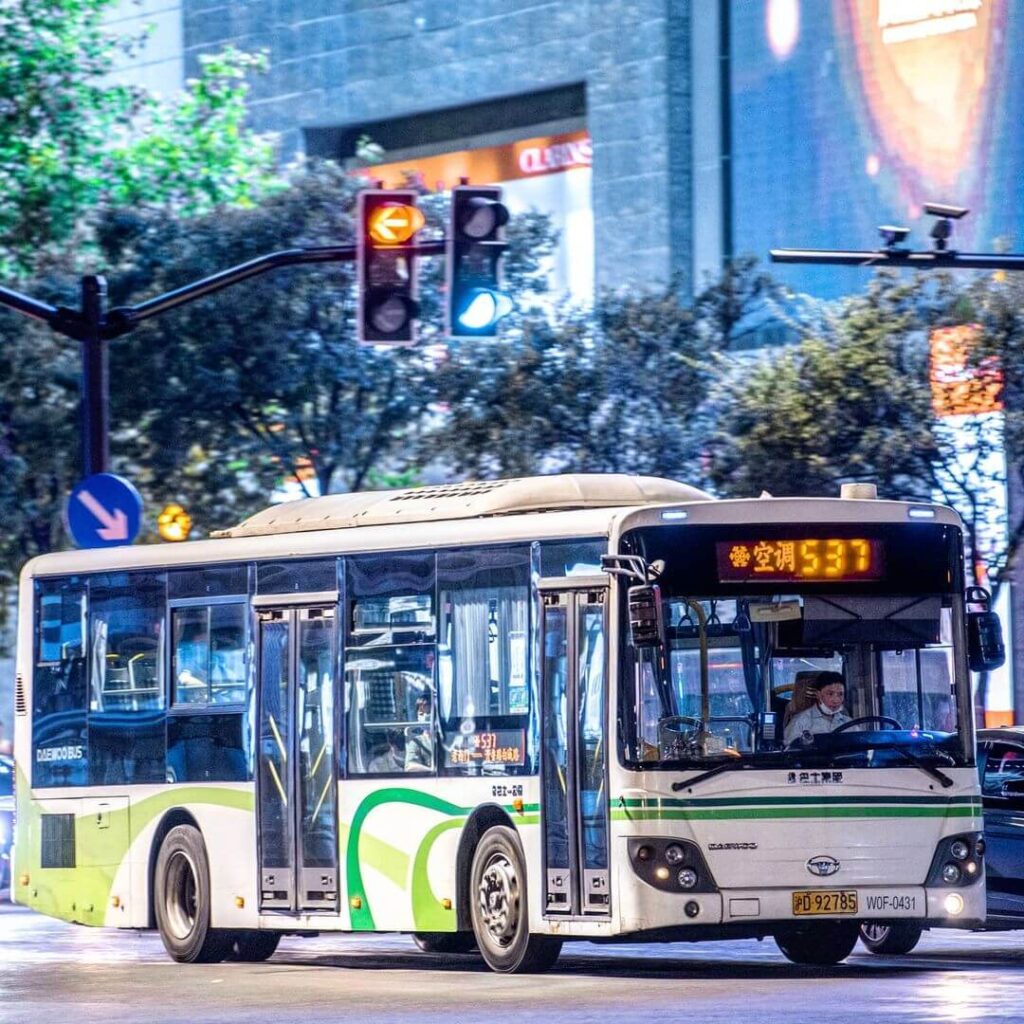
By Bus: The Hùzhū Gāosù Kuàixiàn bus will take you back to the Pu’an Road bus station near People’s Square.
Metro: Take Line 17 from Zhujiajiao Station to Hongqiao Railway Station, then transfer to a line that gets you to your accommodation.
By Taxi or Ride-Hailing Service: This option remains the most direct, offering a convenient and relaxed ride back to the city.
Once back in Shanghai, take the evening to rest and reflect on your day.
If you have the energy, consider a light evening activity such as a leisurely stroll along the Bund to enjoy the night skyline or a quiet dinner at a local restaurant to cap off your trip.
Additional Tips and Insights for 3 Days Shanghai Trip
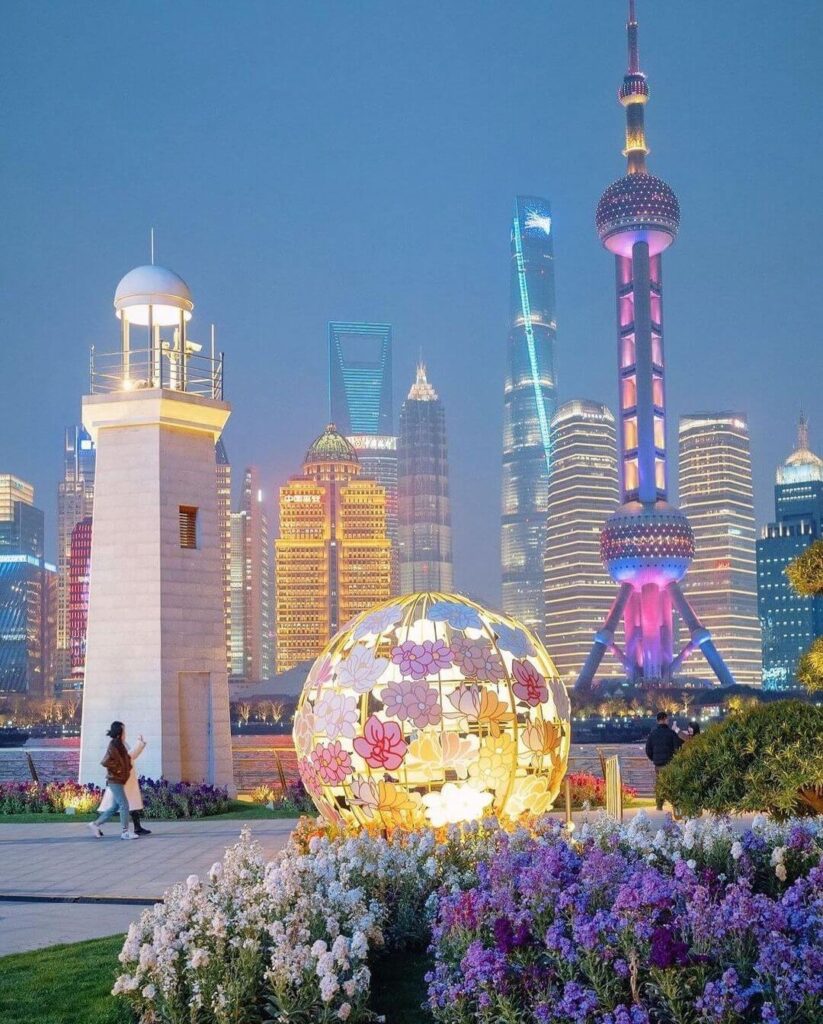
When to Visit Shanghai?
Timing your visit to Shanghai can greatly enhance your experience.
The best times to visit are in the spring (March to May) and autumn (September to November).
During these months, the weather is mild, and you can enjoy the city’s attractions without the extreme heat of summer or the cold of winter.
Spring brings blooming flowers and comfortable temperatures, perfect for outdoor activities and sightseeing.
Autumn offers crisp, clear days ideal for exploring Shanghai’s many parks and historical sites.
Summer, from June to August, can be hot and humid, with temperatures often exceeding 90°F (32°C).
If you visit during this time, be prepared for potential rain showers and make sure to stay hydrated.
Winter, from December to February, is generally cold and damp, with temperatures occasionally dropping below freezing.
However, this can be a less crowded time to visit if you don’t mind bundling up.
How to Get to Shanghai?
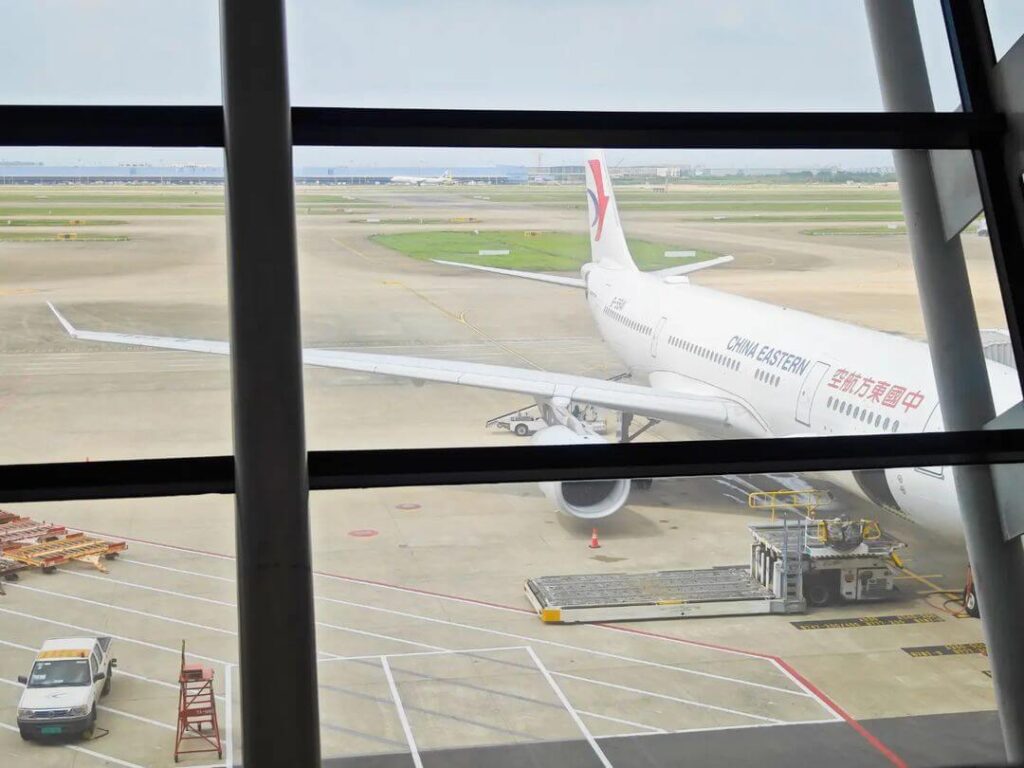
By Air
Shanghai is served by two major airports: Shanghai Pudong International Airport (PVG) and Shanghai Hongqiao International Airport (SHA).
Shanghai Pudong International Airport (PVG): Located about 30 kilometers east of the city center, Pudong is the primary international gateway.
It handles most long-haul international flights and some domestic flights.
The airport is well-connected to the city via the high-speed Maglev train, which takes just 8 minutes to reach Longyang Road Station.
Alternatively, you can take the Metro Line 2, airport shuttle buses, or taxis.
Shanghai Hongqiao International Airport (SHA): Situated closer to the city, about 13 kilometers west of downtown, Hongqiao mainly serves domestic flights and a few international routes.
It’s conveniently connected to the city by Metro Lines 2 and 10, as well as various bus routes and taxis.
Upon arrival, both airports offer numerous options to reach the city center.
The Maglev train from Pudong Airport is the fastest option, but the Metro and airport shuttle buses are also reliable and cost-effective.
Taxis and ride-hailing services are available at both airports for a more direct and comfortable journey to your accommodation.
By Train
Shanghai is a major hub in China’s high-speed rail network, making it easily accessible by train from many other cities.
High-speed train options: Shanghai has two main railway stations for high-speed trains: Shanghai Hongqiao Railway Station and Shanghai Railway Station.
Hongqiao Railway Station is the largest and most modern, located adjacent to Hongqiao International Airport.
It serves high-speed trains on the Beijing-Shanghai High-Speed Railway, among others, offering quick and efficient travel to cities like Beijing, Hangzhou, Nanjing, and Suzhou.
Shanghai Railway Station, located closer to the city center, also offers high-speed services to various destinations.
PRO TIP:
When traveling by high-speed train, it’s advisable to book tickets in advance, especially during peak travel seasons.
You can book tickets online through official websites such as Trip.com, China Highlights, and 12306 China Railway, or at the station.
Arrive at the station at least 30 minutes before departure to allow time for security checks and finding your platform.
Keep your passport handy, as you’ll need it to collect your tickets and board the train.
Getting Around Shanghai
Navigating Shanghai’s bustling streets and expansive neighborhoods may seem daunting at first, but fear not, just follow the following tips and you shall do just fine.
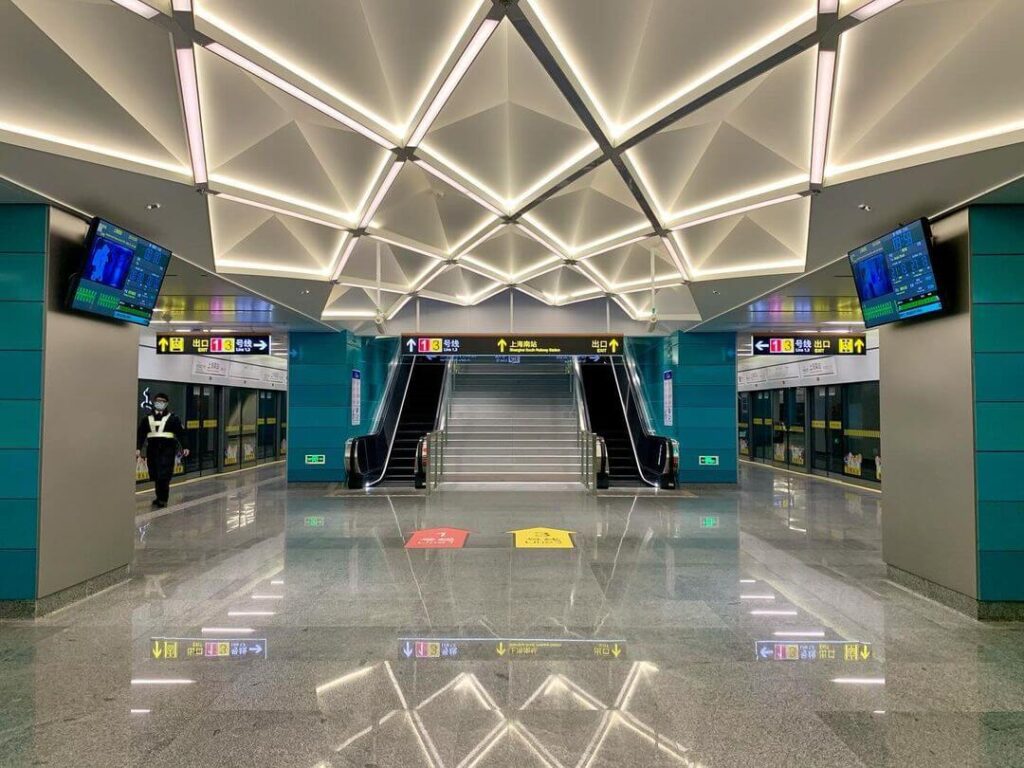
Metro
The Shanghai Metro – a lifeline for locals and visitors alike.
With its extensive network of lines crisscrossing the city, the metro is undoubtedly the most efficient and convenient way to get around.
Key lines and stations: Shanghai boasts an extensive metro system comprising over 400 stations across 17 lines.
Some of the key lines include Line 2, which runs east-west through the city center, connecting major attractions like the Bund, People’s Square, and Jing’an Temple.
Line 10 is another essential line, providing access to popular areas such as Xintiandi, Yu Garden, and Hongqiao Railway Station.
PRO TIP:
To avoid the crowds, try to travel outside of rush hours, especially during weekday mornings and evenings.
Purchase a Shanghai Public Transportation Card (also known as the “Jiaotongka”) for seamless access to the metro and buses.
It can be bought at a ticket desk at any station.
These rechargeable cards save you the hassle of buying individual tickets for each journey and offer discounted fares.
Bus and Taxi
While the metro is king, Shanghai’s bus network and ubiquitous taxis also play crucial roles in getting around the city.
Pros and cons: Buses offer more flexibility in reaching destinations not served by the metro, making them ideal for exploring off-the-beaten-path neighborhoods.
However, navigating the bus system can be challenging for non-Mandarin speakers due to limited English signage.
Taxis, on the other hand, provide door-to-door service and are relatively affordable compared to many Western countries.
Just be prepared for occasional traffic jams during peak hours.
Tips for solo travelers:
If you’re traveling solo and prefer the convenience of taxis, download a reputable ride-hailing app like DiDi or Meituan Dache.
These apps allow you to book and pay for rides directly from your smartphone, eliminating the need for cash and potential language barriers.
When taking buses, use mapping apps like Baidu Maps or Google Maps to navigate routes and bus stops more efficiently.
Where to Stay in Shanghai?
Looking to find the best place to stay in Shanghai?
Here are some top recommendations:
Best neighborhoods for travelers: Shanghai boasts a plethora of vibrant neighborhoods, each with its own unique charm.
If you’re seeking convenience, safety, and a dash of excitement, look no further than the following neighborhoods:
Jing’an: Situated in the heart of the city, Jing’an offers a perfect blend of modernity and tradition.
This upscale neighborhood is home to chic boutiques, trendy cafes, and iconic landmarks like Jing’an Temple.
With its central location and excellent transportation connections, Jing’an is an ideal base for exploring Shanghai.
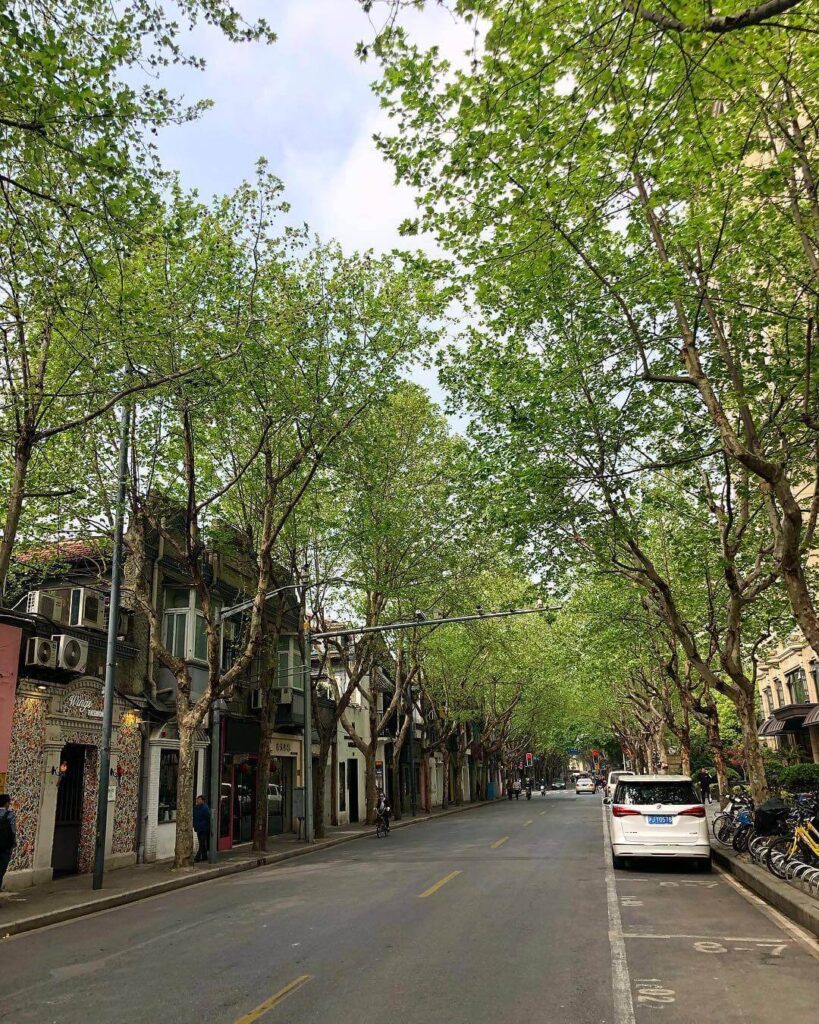
French Concession: Step back in time and wander the leafy streets of the French Concession, where colonial-era architecture and charming boutiques abound.
This historic neighborhood is beloved for its laid-back atmosphere, tree-lined avenues, and diverse dining options.
You will appreciate the neighborhood’s safety, walkability, and abundance of hidden gems waiting to be discovered.
Top hotel recommendations: When it comes to accommodation, Shanghai offers something for every budget and taste.
Here are a few standout options that guarantee comfort, convenience, and a touch of luxury:
The Middle House: Nestled in the heart of Jing’an, The Middle House epitomizes modern elegance and sophistication.
With its sleek design, luxurious amenities, and impeccable service, this five-star hotel offers a sanctuary of tranquility amidst the hustle and bustle of the city.
URBN Boutique Hotel: If you’re a traveler seeking sustainability without sacrificing style, URBN Boutique Hotel is a top pick.
Located in the heart of the French Concession, this award-winning hotel combines contemporary design with eco-friendly practices, offering a guilt-free stay in Shanghai.
Safety Tips for Solo Travelers
While Shanghai is generally a safe and welcoming city, it’s essential to stay vigilant and informed to ensure a hassle-free experience.
Follow these simple yet effective safety tips to navigate Shanghai like a seasoned pro:
Stay alert: Keep an eye on your belongings at all times, especially in crowded areas like markets and tourist attractions.
Be wary of pickpockets and keep valuables secure.
Use reputable transportation: Stick to licensed taxis or reputable ride-hailing services like DiDi.
Avoid unmarked taxis or drivers who approach you on the street.
Know your surroundings: Familiarize yourself with your surroundings and plan your routes in advance.
Avoid poorly lit areas or deserted streets, especially at night.
Trust your instincts: If something feels off or too good to be true, trust your gut instincts and err on the side of caution.
Don’t hesitate to seek help from local authorities or hotel staff if needed.
Common scams to avoid: Unfortunately, scams targeting tourists are not uncommon in Shanghai. Stay vigilant and steer clear of the following common scams:
Tea House Scam: Beware of friendly strangers inviting you to a traditional tea ceremony or art exhibition.
These encounters often end with exorbitant bills and aggressive tactics to coerce payment.
Fake Goods Scam: Exercise caution when shopping for souvenirs or designer goods, especially in touristy areas.
Be wary of suspiciously low prices and counterfeit products.
Overcharging: Always confirm prices before purchasing goods or services, especially in markets or street stalls.
Negotiate prices if necessary and be prepared to walk away if you feel you’re being overcharged.
Packing Tips for a 3-Day Shanghai Trip
When it comes to packing for Shanghai, it’s essential to consider the city’s diverse climate throughout the year.
Here’s a detailed breakdown of what to pack for different seasons:
Spring (March to May):
Clothing: Bring layers, as temperatures can vary. Lightweight sweaters, long-sleeve shirts, and a light jacket are essential.
Don’t forget a waterproof jacket or umbrella for occasional spring showers.
Footwear: Comfortable walking shoes are a must for exploring the city streets. Opt for waterproof shoes if you’ll be out on rainy days.
Accessories: Sunglasses and a hat can provide protection from the increasingly sunny days. A scarf or shawl can come in handy for cooler evenings.
Summer (June to August):
Clothing: Pack lightweight, breathable fabrics to stay cool in Shanghai’s humid summer weather.
Cotton shirts, shorts, and dresses are ideal. Don’t forget to include a few lightweight, long-sleeve options for sun protection.
Footwear: Comfortable sandals or breathable sneakers are perfect for summer strolls.
Consider bringing water shoes if you plan to visit water parks or engage in water activities.
Accessories: Sunscreen, a wide-brimmed hat, and a reusable water bottle are essential for staying hydrated and protected from the sun’s rays.
Autumn (September to November):
Clothing: As temperatures begin to cool down, pack layers that can be easily added or removed throughout the day.
Light sweaters, long pants, and a medium-weight jacket are recommended.
Footwear: Comfortable walking shoes or boots are essential, especially if you plan to explore Shanghai’s parks and outdoor attractions.
Accessories: A lightweight scarf or shawl can add warmth on cooler days. Don’t forget to bring a small umbrella or raincoat, as autumn showers are common.
Winter (December to February):
Clothing: Shanghai winters can be chilly, so pack warm layers.
A heavy coat, sweaters, thermal underwear, and gloves are essential. Consider bringing a hat and scarf for added warmth.
Footwear: Opt for sturdy, insulated boots to keep your feet warm and dry on cold, rainy days.
Accessories: A thick scarf, gloves, earmuffs, or a warm hat are essential for staying comfortable in the winter chill.
Don’t forget a travel-sized hand warmer for extra warmth on particularly cold days.
For more on packing, read my ultimate packing article here.
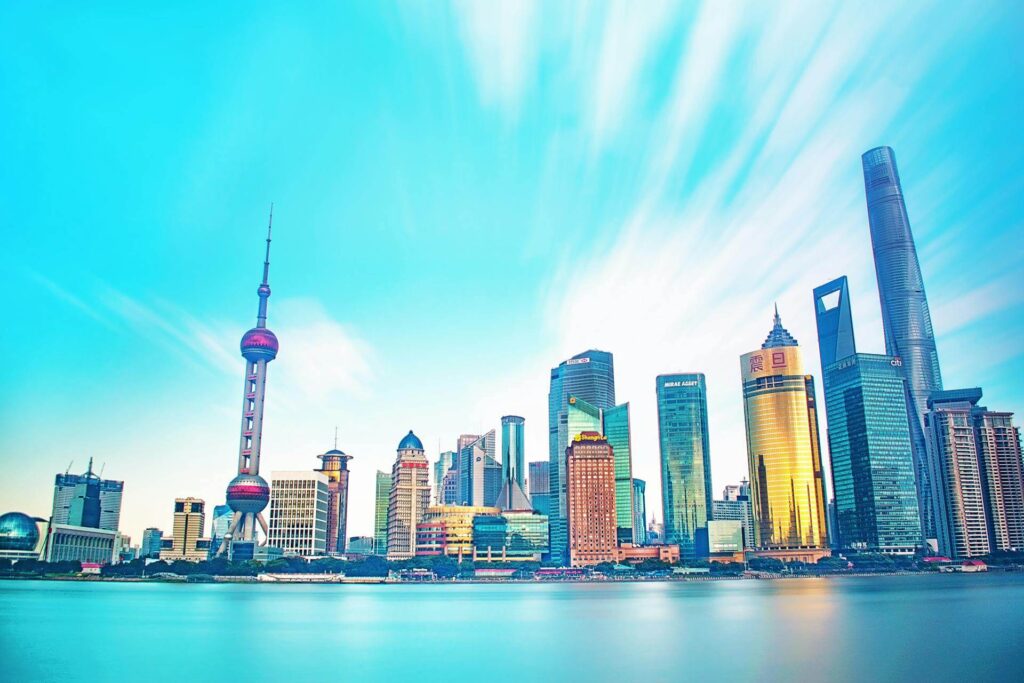
Conclusion: 3 Days in Shanghai
As we conclude this comprehensive guide to spending 3 days in Shanghai, I hope you’re feeling inspired and equipped to embark on your adventure in this dynamic metropolis.
Shanghai truly offers a kaleidoscope of experiences, from exploring historic landmarks to indulging in culinary delights and immersing yourself in vibrant local culture.
Throughout your journey, remember to embrace the spirit of travel – be open to new experiences, connect with locals, and savor every moment of your exploration.
Whether you’re wandering through the bustling streets of the French Concession or admiring the skyline from the iconic Bund, Shanghai never fails to captivate with its energy and diversity.
As you traverse the city’s eclectic neighborhoods and iconic attractions, don’t forget to take time to pause and reflect on the beauty and complexity of Shanghai.
From the tranquility of Yu Garden to the bustling markets of Nanjing Road, each corner of the city has its own story to tell, waiting to be discovered by intrepid travelers like yourself.
And while Shanghai may dazzle with its modern skyscrapers and bustling streets, it’s the warmth and hospitality of its people that truly make it a memorable destination.
Take the time to engage with locals, sample authentic cuisine, and immerse yourself in the rich tapestry of Shanghai’s cultural heritage.


